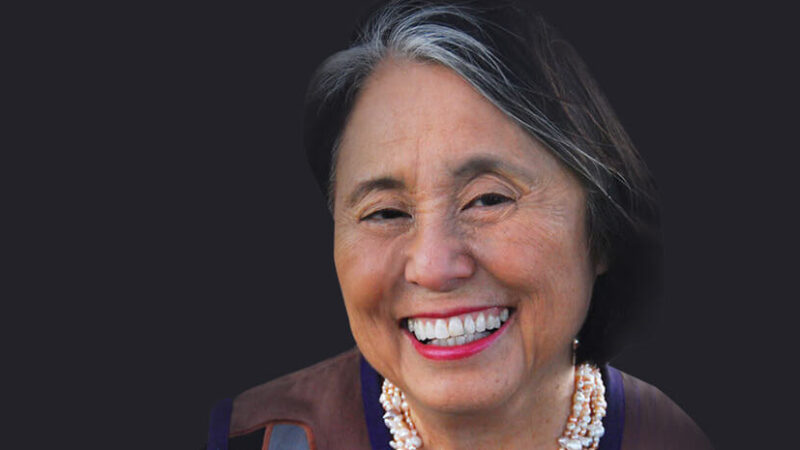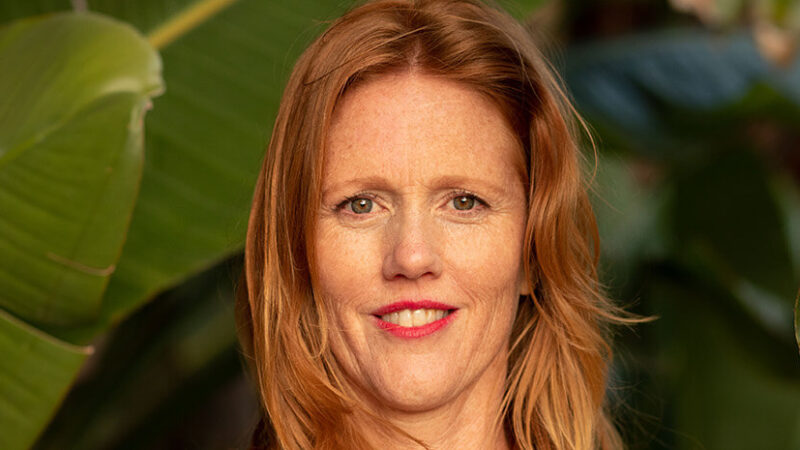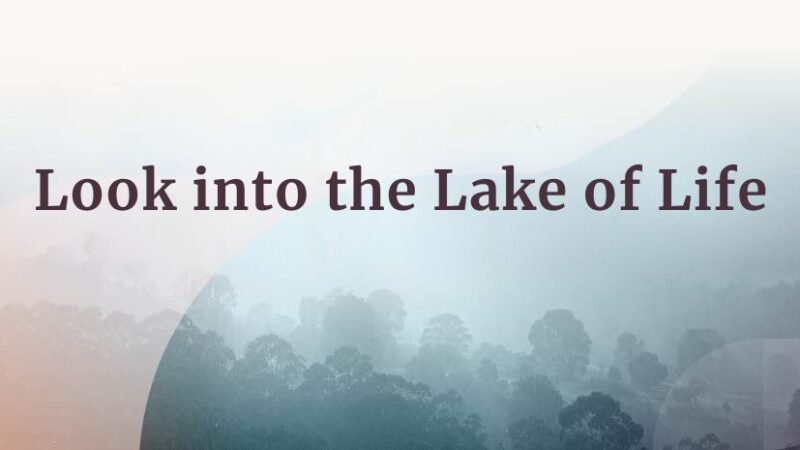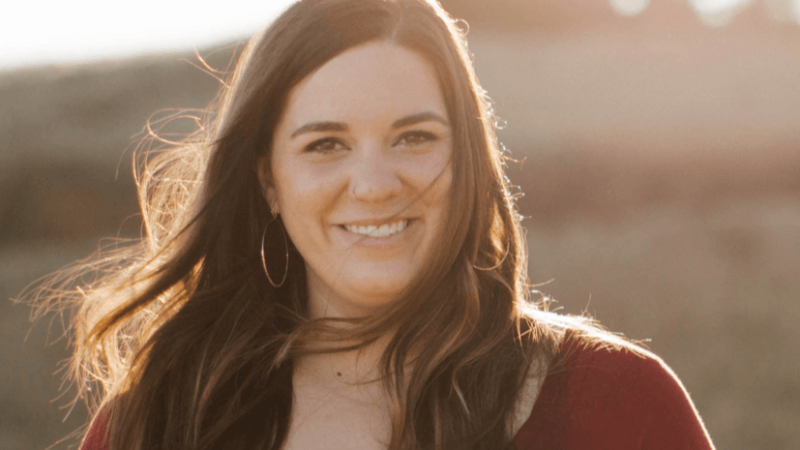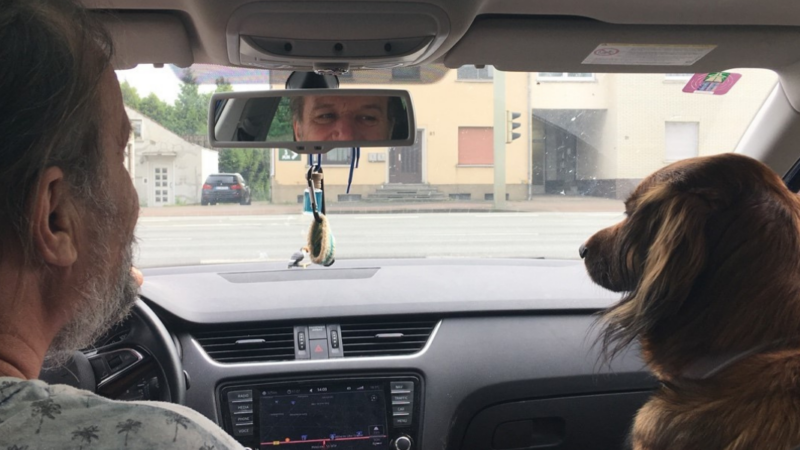-
E90: How to Stop Minding and Start Living
Michael Singer — June 29, 2025
“Do you mind?” We “mind” everything, from traffic to childhood memories, and this habitual...
-
Caroline Myss: From the Love of Power to the Power of Love
Caroline Myss — June 24, 2025
Few luminaries in modern times have opened the doors to the spiritual dimensions of who we are, why...
-
Honey Tasting Meditation: Build Your Relationship with Sweetness
There is a saying that goes “hurt people hurt people.” I believe this to be true. We have been...
Written by:
Amy Burtaine, Michelle Cassandra Johnson
-
Many Voices, One Journey
The Sounds True Blog
Insights, reflections, and practices from Sounds True teachers, authors, staff, and more. Have a look—to find some inspiration and wisdom for uplifting your day.
Standing Together, and Stepping Up
Written By:
Tami Simon -
The Michael Singer Podcast
Your Highest Intention: Self-Realization
Michael Singer discusses intention—"perhaps the deepest thing we can talk about"—and the path to self-realization.
This Week:
E89: Freedom from Preference: The Evolution of Caring -
Many Voices, One Journey
The Sounds True Blog
Insights, reflections, and practices from Sounds True teachers, authors, staff, and more. Have a look—to find some inspiration and wisdom for uplifting your day.
Take Your Inner Child on Playdates
Written By:
Megan Sherer
600 Podcasts and Counting...
Subscribe to Insights at the Edge to hear all of Tami's interviews (transcripts available, too!), featuring Eckhart Tolle, Caroline Myss, Tara Brach, Jack Kornfield, Adyashanti, and many more.
Most Recent
Becoming Who You Are Meant to Be
Jean Shinoda Bolen, MD, is a Jungian analyst and clinical professor of psychiatry at the University of California, San Francisco. An internationally renowned lecturer and workshop leader, she is author of The Tao of Psychology, Goddesses in Everywoman, Close to the Bone, Like a Tree, and more. She is also a fellow of the American Psychiatric Association (APA) and a past chairperson of the Council of National Affairs of the APA.
In this podcast, Dr. Bolen joins Sounds True founder Tami Simon to reflect on her many years as a writer, teacher, and activist, and how doing our “soul work” becomes the path to self-actualization, connection, and contribution throughout our lives. They also discuss our innate capacity for love and awe; becoming a whole-brain person; speaking up as a key aspect of individuation; gratitude and appreciation; the dandelion effect, or how seeds of beneficial ideas are carried to fertile ground; navigating liminal times; the predicament of “just doing time” with our lives; connecting with loved ones we’ve lost; becoming more familiar with your “dark side of the moon”; the metaphor of the millionth circle; and more.
Sex That Changes the World
Kimberly Ann Johnson is a sexological bodyworker, Somatic Experiencing® practitioner, yoga teacher, postpartum advocate, and single mom. She helps women heal from birth injuries, gynecological surgeries, and sexual boundary violations. She is the author of the book Call of the Wild: How We Heal Trauma, Awaken Our Own Power, and Use It for Good, as well as the early-mothering classic The Fourth Trimester.
Kimberly Ann Johnson joins Sounds True founder Tami Simon to speak about her new audio learning program, Reclaiming the Feminine: Embodied Sexuality as Spiritual Practice—and the journey many of us need to make to work through shame, heal from patriarchal oppression, and begin to prioritize ourselves and our need for pleasure. Kimberly and Tami discuss the code of ethics of the sexological bodyworker; the shroud of shame that surrounds sexuality in many cultures, and the vital task of “unshaming” work; dealing with the pressure to “want to want to have more sex”; determining and expressing your genuine wants and needs; the concept of feminist sex; the social nervous system—the first branch of determining safety and how we relate with others; building your arousal capacity; “jaguar work” and healthy aggression; a self-care lovingkindness practice; and much more.
S2 E5: Look into the Lake of Life
Who are you in the eyes of the universe? Here, Michael talks about our perceptual relationship with the universe—illuminating how we project ourselves onto the unfolding of reality.
For more information, go to michaelsingerpodcast.com.
© Sounds True Inc. Episodes: © 2024 Michael A. Singer. All Rights Reserved.
Customer Favorites
What We Long For
Becca Piastrelli is a writer, speaker, ancestral folk medicine keeper, and women’s group facilitator. She is a leader in women’s empowerment and earth wisdom, teaching women how to cultivate a greater sense of belonging. With Sounds True, she has authored the book Root and Ritual. In this podcast, Becca joins Tami Simon to discuss the lifelong journey of reclaiming our sense of belonging, with a particular focus on four areas: land, lineage, community, and self. Becca and Tami also explore the concept of loneliness as both a personal and a systemic challenge, humbling ourselves to the natural world, confronting the pain and grief of colonization, listening to the soul of your home, healing the “great severing” of our root systems, the Indigenous concept of the “ever happening” and receiving the support of our ancestors, the somatic experience of ritual, the importance of being witnessed in our journey of transformation, and much more.
Meet the Author of The Wim Hof Method
The Author
Wim Hof, a.k.a. “The Iceman,” holds multiple world records for his feats of endurance and exposure to cold—such as climbing Mount Kilimanjaro wearing only shorts and shoes, running a barefoot half-marathon in the Arctic Circle, and standing in an ice-filled container for more than 112 minutes. The benefits of his method, now practiced by millions, have been validated by eight university research studies. For more, visit wimhofmethod.com.
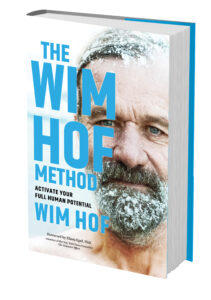 The Book
The Book
Wim Hof shares the life-changing technique that anyone can use to supercharge their capacity for strength, health, and happiness. Join this trailblazing teacher for in-depth instruction on the three pillars of his method (Cold, Breath, and Mindset), the science supporting his techniques, his incredible personal story, and much more.
Show us a day in your life.
Every day is a challenge to do more, as in mindset. My mindset always has been going for the full, everything you got.
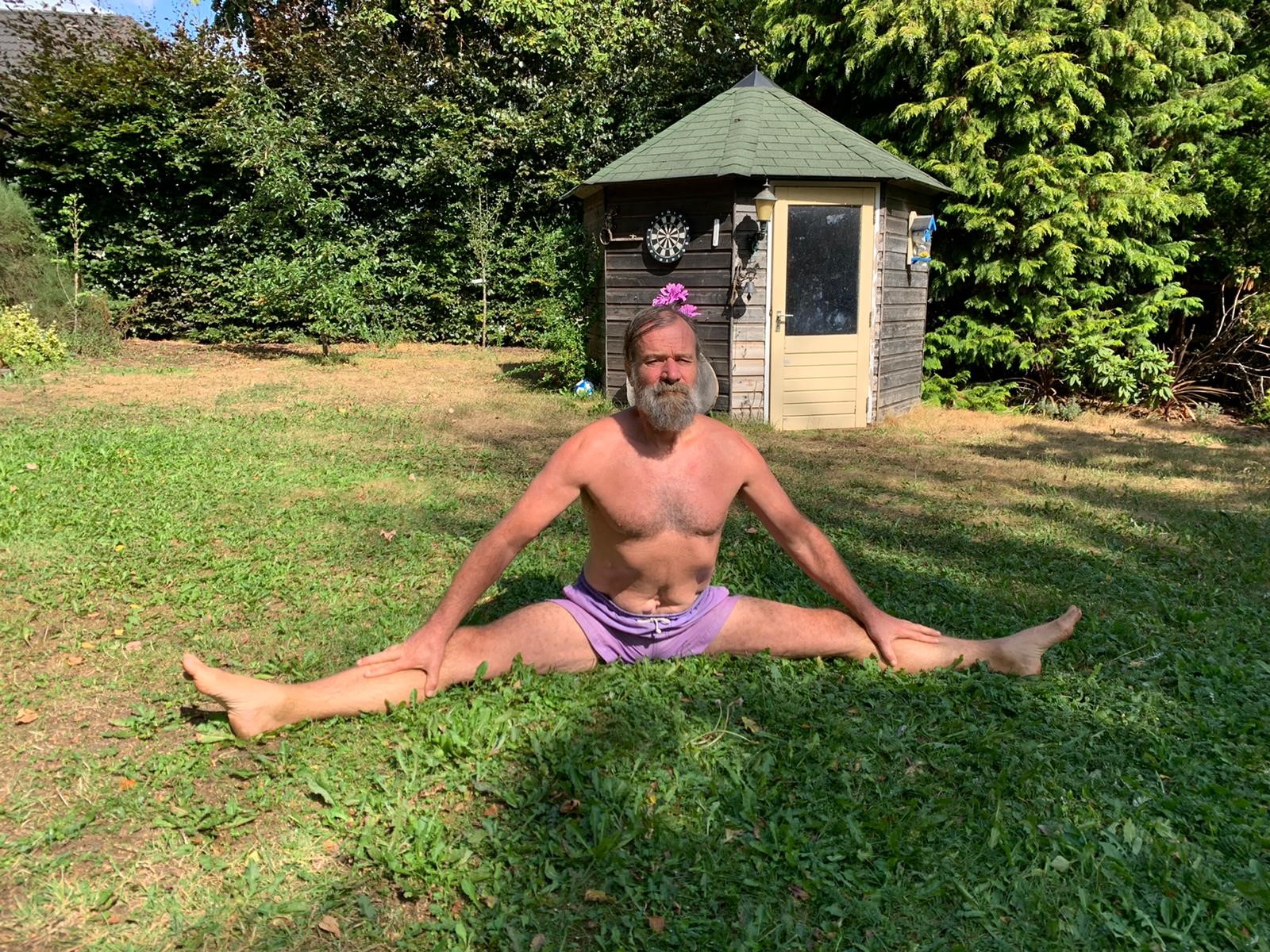
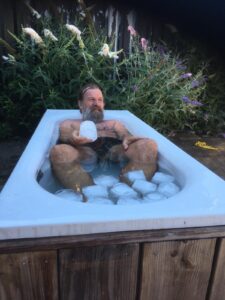 Strong exercising, breathing, postures, power, and ice water.
Strong exercising, breathing, postures, power, and ice water.
I feel everyday gratitude for what has been achieved, which is helping many, many people. My soul knows: you give it all, you get it all.
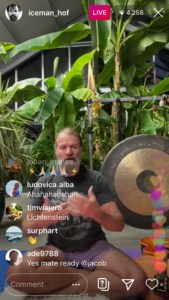
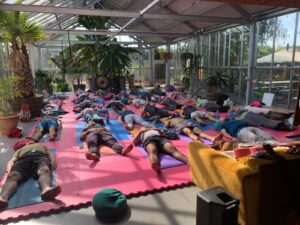
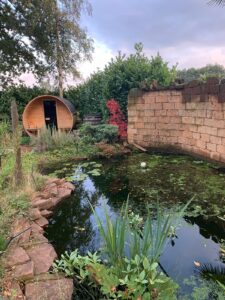
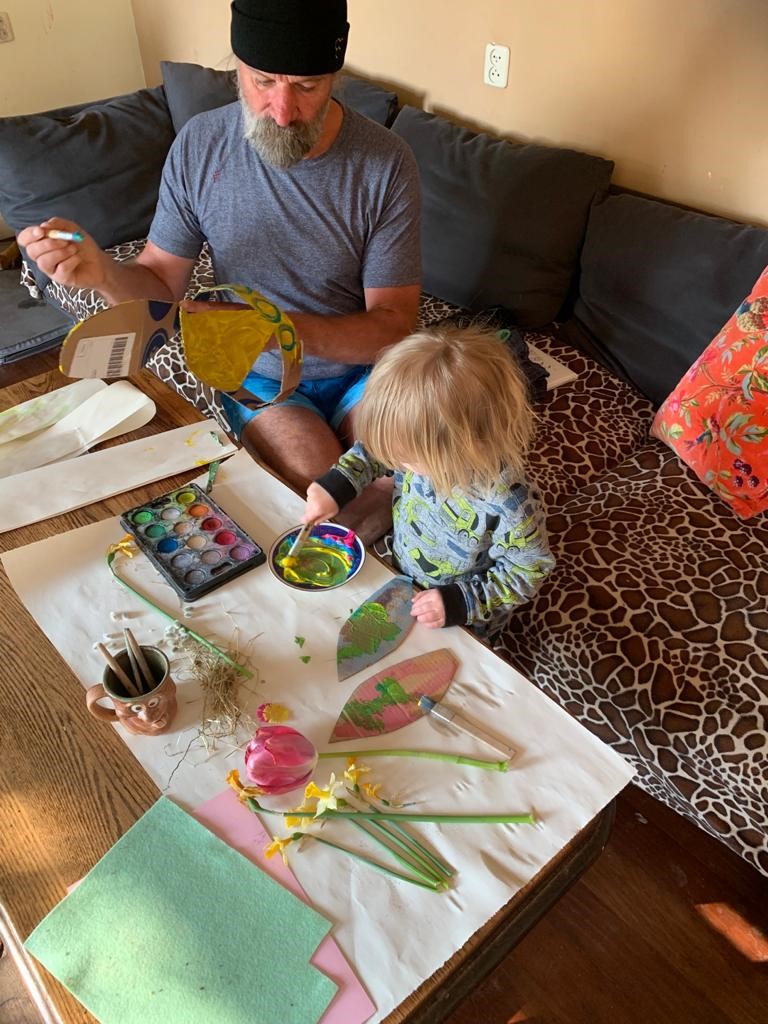
I am very hungry to learn more and go deeper. I spend my days spreading the message as wide as I can. I love my garden, coffee, and my kids—so much richness in my life.
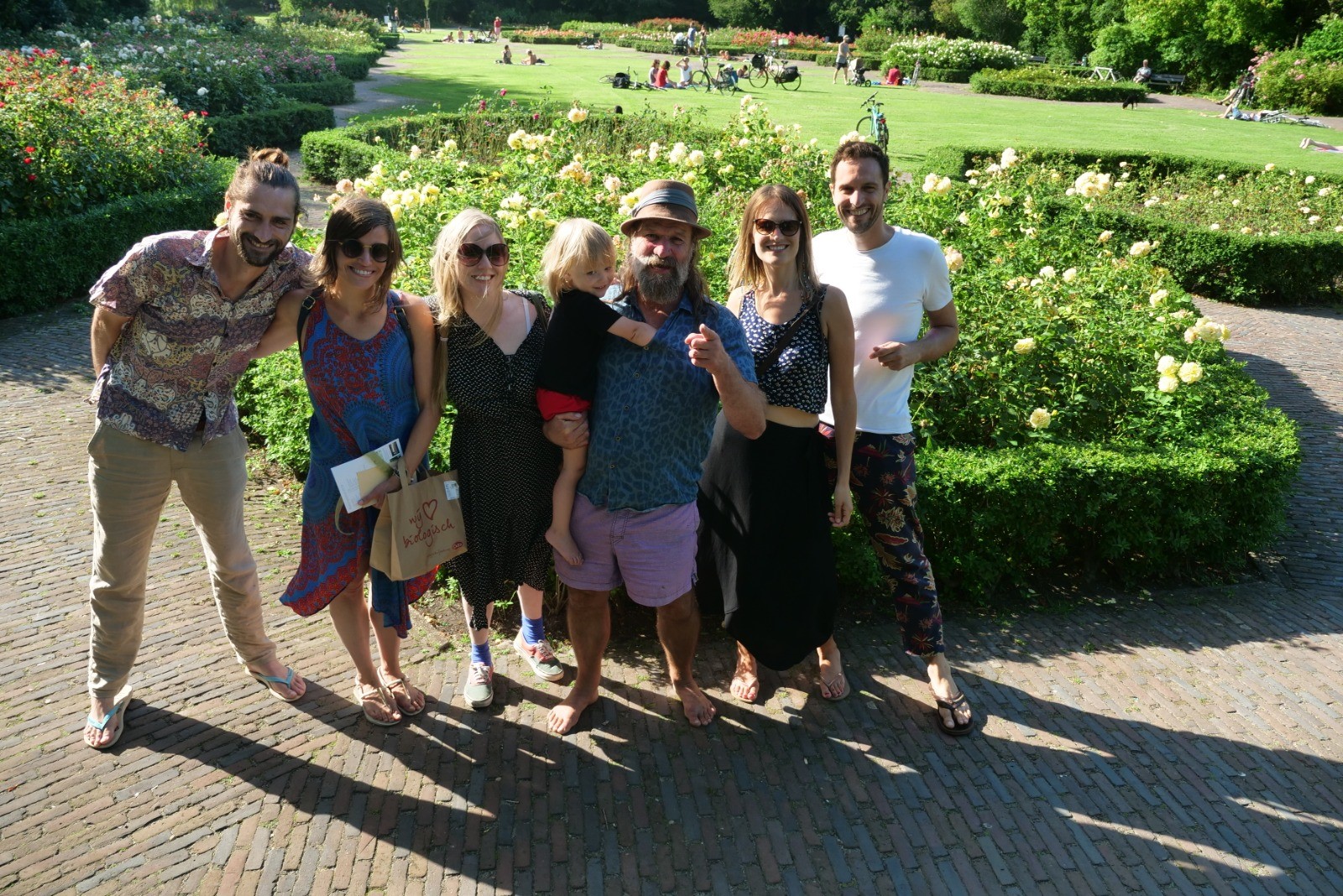
So, I see my everyday routine as a new opportunity to experience full gratitude. I am alive!
Has your book taken on a new meaning in the world’s current circumstances? Is there anything you would have included in your book if you were writing it now?
This book is needed more than ever. We need to not only strengthen our immune systems but to acknowledge that we are capable of dealing with the influx of information by reconnecting with our inner knowing—our core being. Anxiety and stress alike, we are able to create a new foundation for health, happiness, and strength in these challenging times. It’s a great gift to yourself to read this book.
Share a photo of you and your pet. Did your pet have a role in helping you write your book?
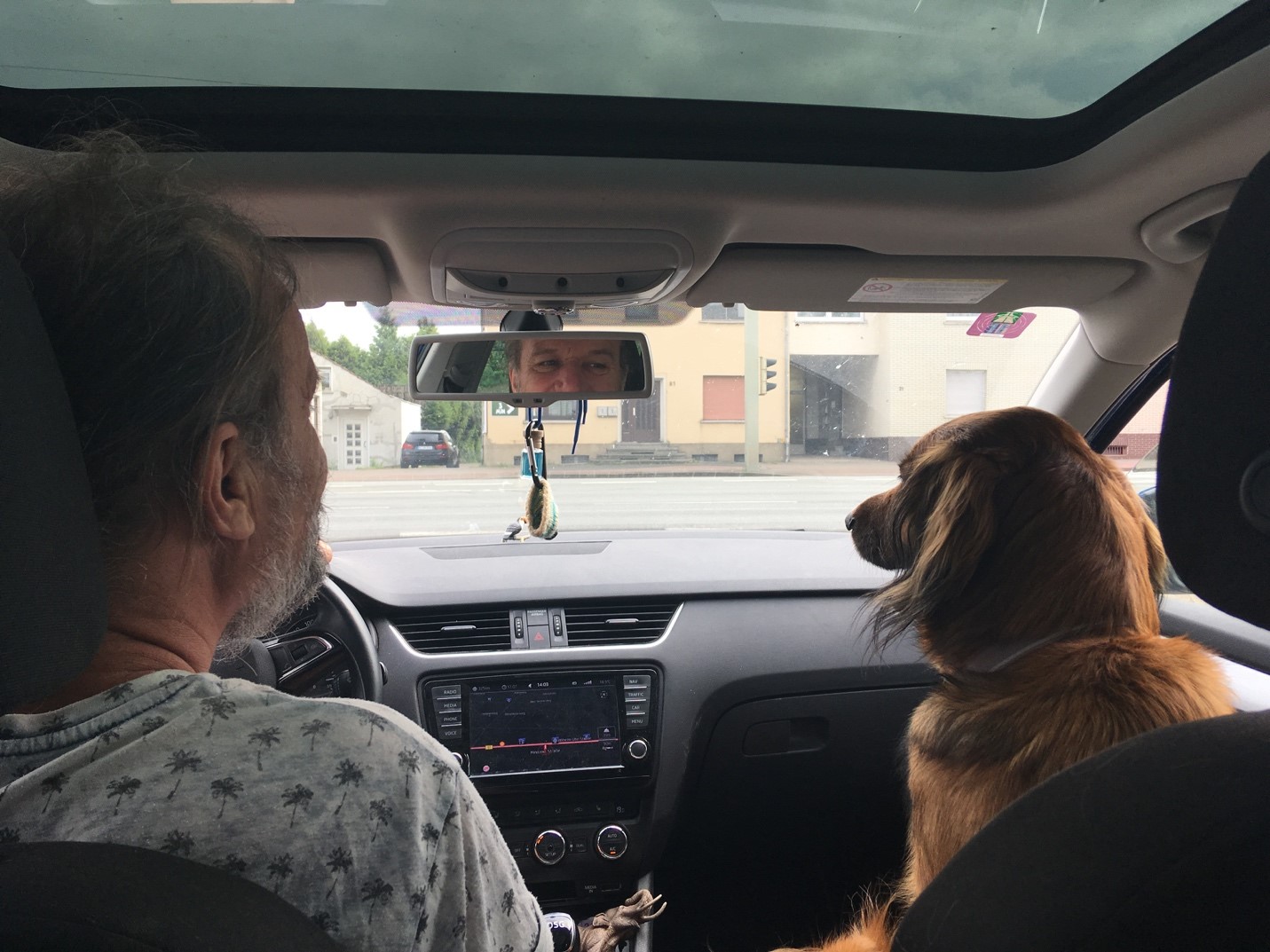
Zina is my guru, she is my brown shadow. She is so unconditionally loyal. She gives me beautiful light—we are true companions.

Learn More
Amazon | Barnes & Noble | Indiebound | Bookshop | Sounds True
The Basics of Natural Awareness 101: Broadening Attent...

There are three deliberate mental shifts you can make during classical mindfulness meditation that can help point you toward natural awareness: relaxing effort, broadening attention, and dropping objects.
If you have not read the first step yet, you can find Relaxing Effort on our blog.
Broadening Attention
Your attention can be very narrowly focused or broadly focused. It can also be somewhere in between. You might notice the differences because you naturally adjust the breadth of your attention in life all the time. You are driving your car, and you focus first on your dashboard, and then you automatically shift to a wider peripheral sense of the road in front of you. You are talking with a friend, and you focus on her face, then shift to her whole body, and then notice the room in which you both are sitting.
We can think of the mechanism of attention as being like a camera. Sometimes you use a telescopic lens in order to focus on something quite narrow—maybe taking a close-up of a flower, seeing the intricacies of the stem and petals in detail. Usually we take midrange photos—of our kids, friends at the game, or whatever the selfie du jour is—employing a lens that is not too narrowly focused, but open in a general way. The far end of the spectrum would be when we use a panoramic lens to take an elongated, comprehensive photo of, let’s say, the Grand Canyon.
When we meditate, we can apply a narrow or panoramic attention. An example of using a narrow focus would be attending primarily to your breath (or any single object of focus). The panoramic attention would be when our attention is wide open—when we notice many things going on or just have a general wide view. When, for example, we listen to sounds coming from all directions surrounding us, this is a panoramic attention, or wide focus.
We can even apply an attention in meditation that’s somewhere in between these two. A somewhere-in-between attention might be when a few things are going on and our attention can encompass them, either simultaneously or consecutively. Our lower back is achy, and we’re trying to attend to the pain. And then perhaps we move our attention to a global sense of our body or to a part of our body that feels okay at the moment (typically our hands or feet), so that we’re not overwhelmed by the pain. (This is a helpful recommendation if you’re experiencing pain in meditation.)
Broad, panoramic attention tends to be the type of attention present when we do natural awareness practice. Because most of us gravitate toward a focused attention both in meditation and in daily life, opening up panoramically can actually invite in natural awareness. It counteracts our usual forward-focus tendencies and allows our minds to rest and reset, kind of like a brain vacation.
But broad or panoramic attention does not equal natural awareness; instead, shifting into broad attention will point us in the direction of natural awareness. That’s why many of the glimpse practices in this book focus on broadening our attention. Sometimes as we practice broadening our attention, we find ourselves thoroughly and completely aware, which is close to how I defined natural awareness earlier in the book. And it is also possible to have natural awareness without noticing broadly.
Try broadening your attention right now.
Close your eyes if that is comfortable to you. Start by narrowing your attention to a single area of focus in your body—your abdomen, chest, or nostrils. Try to keep this narrow focus for a few minutes.
Now begin to listen to the sounds around you. Start with sounds nearby, but then listen with an expansive ear. How far away are the sounds you can hear? Listen to the sound that is farthest out. Try this approach to listening for a minute or two.
Now notice your whole body. Can you fully feel your body seated here? Relax and unclench your belly. Imagine you could expand that sense of your body, feeling your body moving out in all directions, including above and below. Try being aware of your expanded body for another minute.
Finally, open your eyes and let your gaze become peripheral—wide open, noticing the space around you. Let your eyes be soft, but take in an expansive view. Keep your stomach relaxed. Explore this expanded view for a few minutes, resting here, and then notice what happens to your awareness.
Continue reading the next step, Dropping Objects, or read the previous step Relaxing Effort.
This is excerpted from The Little Book of Being: Practices and Guidance for Uncovering Your Natural Awareness by Diana Winston.
 Diana Winston is the director of Mindfulness Education at UCLA Semel Institute’s Mindful Awareness Research Center (MARC) and the coauthor, with Dr. Susan
Diana Winston is the director of Mindfulness Education at UCLA Semel Institute’s Mindful Awareness Research Center (MARC) and the coauthor, with Dr. Susan
Smalley, of Fully Present: The Science, Art, and Practice of Mindfulness. She is a well‑known teacher and speaker who brings mindful awareness practices to the general public to promote health and well‑being. Called by the LA Times “one of the nation’s best‑known teachers of mindfulness,” she has taught mindfulness since 1993 in a variety of settings, including hospitals, universities, corporations, nonprofits, schools in the US and Asia, and online. She developed the evidence‑based Mindful Awareness Practices (MAPS) curriculum and the Training in Mindfulness Facilitation, which trains mindfulness teachers worldwide.
Her work has been mentioned or she has been quoted in the New York Times; O, The Oprah Magazine; Newsweek; the Los Angeles Times; Allure; Women’s Health; and in a variety of magazines, books, and journals. She is also the author of Wide Awake: A Buddhist Guide for Teens, the audio program Mindful Meditations, and has published numerous articles on mindfulness. Diana is a member of the Teacher’s Council at Spirit Rock Meditation Center in Northern California. She has been practicing mindfulness meditation since 1989, including a year as a Buddhist nun in Burma. Currently, Diana’s most challenging and rewarding practice involves trying to mindfully parent an eight‑year‑old. She lives in Los Angeles.
For more information, visit dianawinston.com and marc.ucla.edu.
Buy your copy of The Little Book of Being at your favorite bookseller!
Sounds True | Amazon | Barnes & Noble | Indiebound

